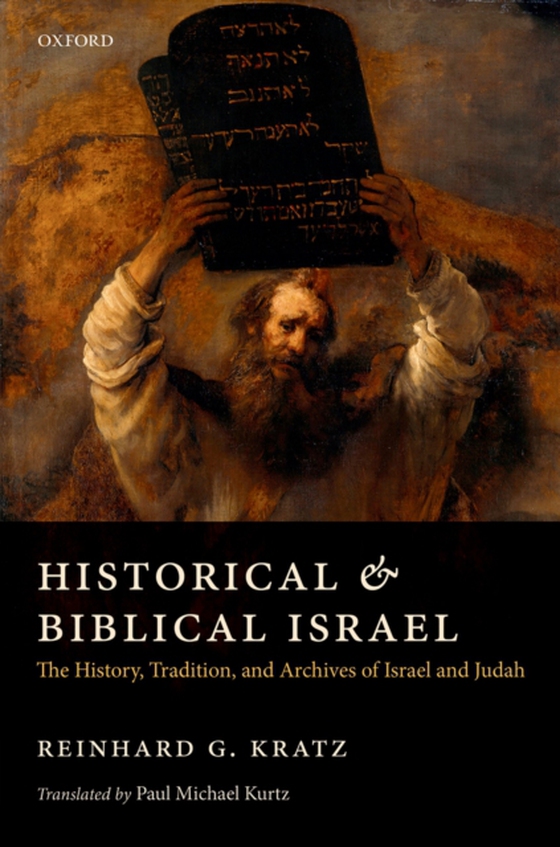
Historical and Biblical Israel e-bog
1185,51 DKK
(ekskl. moms 948,41 DKK)
At the center of this book lies a fundamental yet unanswered question: under which historical and sociological conditions and in what manner the Hebrew Bible became an authoritative tradition, that is, holy scripture and the canon of Judaism as well as Christianity. Reinhard G. Kratz answers this very question by distinguishing between historical and biblical Israel. This foundational and, for ...
E-bog
1185,51 DKK
Forlag
OUP Oxford
Udgivet
17 december 2015
Længde
288 sider
Genrer
1QDAL
Sprog
English
Format
epub
Beskyttelse
LCP
ISBN
9780191044496
At the center of this book lies a fundamental yet unanswered question: under which historical and sociological conditions and in what manner the Hebrew Bible became an authoritative tradition, that is, holy scripture and the canon of Judaism as well as Christianity. Reinhard G. Kratz answers this very question by distinguishing between historical and biblical Israel. This foundational and, for the arrangement of the book, crucial distinction affirms that the Israelof biblical tradition, i.e. the sacred history (historia sacra) of the Hebrew Bible, cannot simply be equated with the history of Israel and Judah. Thus, Kratz provides a synthesis of both the Israelite and Judahite history and the genesis and development of biblical tradition in two separatechapters, though each area depends directly and inevitably upon the other. These two distinct perspectives on Israel are then confronted and correlated in a third chapter, which constitutes an area intimately connected with the former but generally overlooked apart from specialized inquiries: those places and "e;archives"e; that either yielded Jewish documents and manuscripts (Elephantine, Al-Yahudu, Qumran) or are associated conspicuously with the tradition of the Hebrew Bible (Mount Gerizim,Jerusalem, Alexandria). Here, the various epigraphic and literary evidence for the history of Israel and Judah comes to the fore. Such evidence sometimes represents Israel's history; at other times it reflects its traditions; at still others it reflects both simultaneously. The different sources point todifferent types of Judean or Jewish identity in Persian and Hellenistic times.
 Dansk
Dansk

